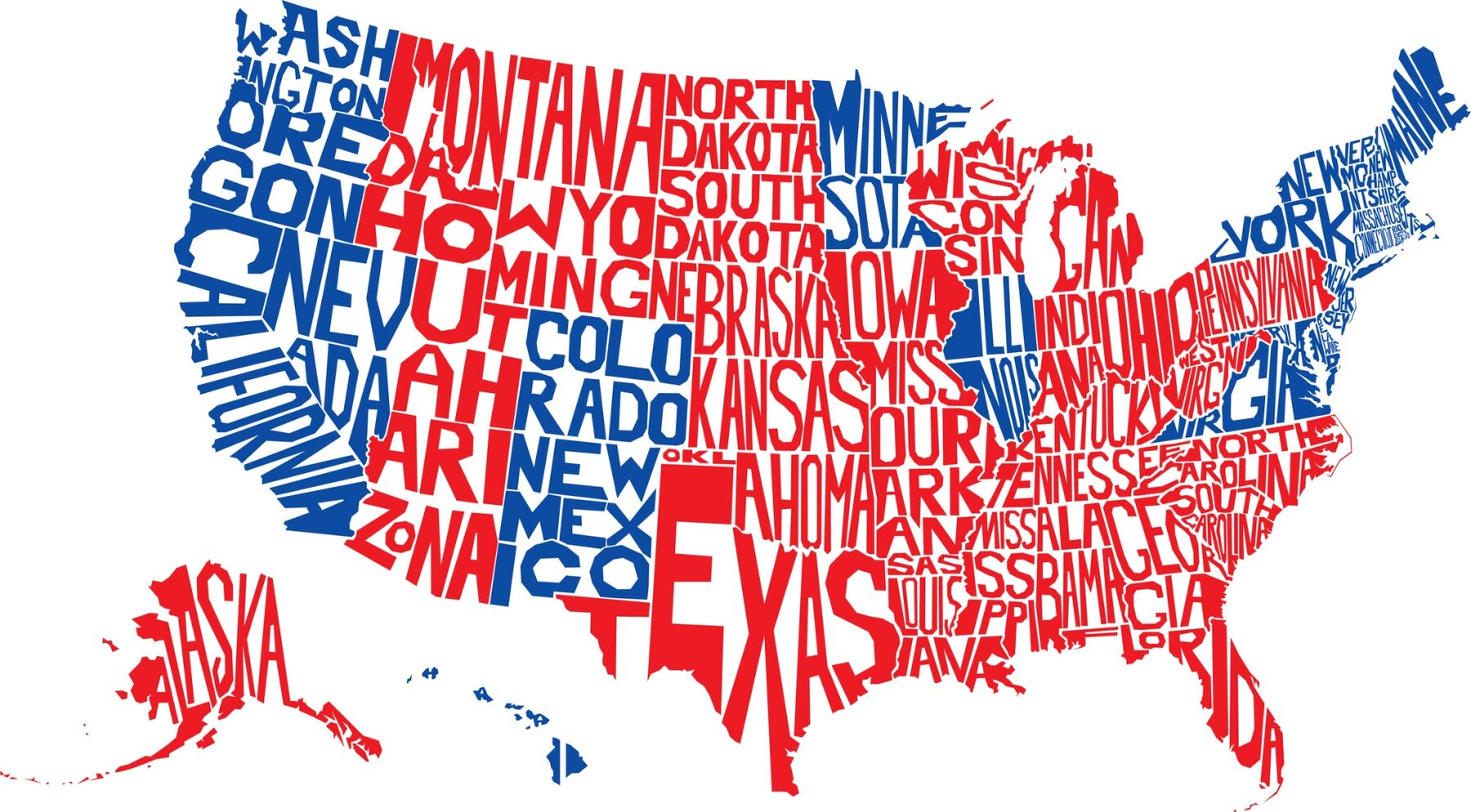begin quote from:
Investors Don’t Share Trump’s Scorn for Blue States
Republican-dominated states lag in growth and debt performance.

President Donald Trump seems to think that states led by Democratic governments are profligate and don’t deserve federal coronavirus relief aid. “I don't think the Republicans want to be in a position where they bail out states that are, that have been mismanaged over a long period of time,” he told the New York Post earlier this month. The worst offenders, he said, mentioning Illinois, New York and California, are debt-burdened places “run by Democrats in every case.” Senate Majority Leader Mitch McConnell has said much the same thing.
Actually, no. Governors of both parties have been quick to push back, and commentators pointed out that historically Republican-dominated states like McConnell’s Kentucky tend to receive more from the federal government than they contribute to the national coffers, while states where Democrats usually prevail suffer the reverse fate.
When it comes to debt performance, one way to measure fiscal responsibility, blue Democratic states have done better than Republican red ones in the municipal bond market, where their debt was coveted. That’s because they adopted unpopular policies such as raising taxes to shore up underfunded pensions and other burdensome imbalances accumulated after the 2008 financial crisis.
Government fiscal policies also helped blue states contribute more to U.S. growth and prosperity than red ones before the pandemic struck, measured by their gross domestic product, personal income, tax revenue, total employment, job growth and labor participation rate.
Advantage Blue
Overall change in state economic-performance metrics, 2015-2019
Source: Bloomberg
Of the 30 states that voted for Trump in 2016, eight now have Democratic governors; four of the 20 states that went for Hillary Clinton are led by Republicans. But the 2016 presidential balloting generally reflects the states’ partisan leanings, with a smattering of exceptions.
The Trump-voting states saw their output grow by a collective $1.775 trillion in the previous five years, to $10.5 trillion at the end of 2019. That’s less than the $2.092 trillion growth in the less numerous Clinton states, according to data compiled by Bloomberg. The more numerous red states, led by Florida and Texas with a combined GDP of $567 billion, generated $317 billion less to the American economy than blue states, led by California and New York with a comparable GDP of $1.046 trillion.
Each blue state added 246,000 new jobs on average during the past five years; their red counterparts added 192,000. Employment in blue states increased 6.7% versus 5.4% for red states. Labor participation rose 0.34 percentage points for the blue states and declined 0.07 percentage points for red states. Personal income surged 22.1% for the blue states against 18.8% for the red states. While tax revenue increased 22.2% on average for each blue state, it advanced 19.9% for each red state, according to data compiled by Bloomberg.
When he was elected to the third of his four terms as California governor in 2011, Jerry Brown simultaneously reduced spending and raised taxes to the extent that his state perennially outperformed every country and state in the credit default swap market, which measures a borrower's creditworthiness. The largest state's 4.7% increase in GDP last year was more than the 2.3% gain for the U.S. and enabled the state's jobless rate to decline to 3.9%, the lowest on record since such data was first compiled in 1976.
As Rhode Island state treasurer and then governor, Gina Raimondo helped transform a small state with the nation’s most unemployment in 2011 by tackling the worst unfunded pension liability in the U.S. She also took the political risk of raising taxes on truckers. When she became governor in 2015, Rhode Island ranked in the lower half of the U.S. in economic health, according to the Bloomberg Economic Evaluation of the States Index, which tracks employment, tax revenue, personal income and other measures. Before her first term ended, Rhode Island climbed to above average and the state's unemployment rate declined to 3.4%, the lowest in 31 years.
Investor confidence in these and other blue states is reflected in the change in yield, or how much creditors charge each state during the past five years. California, New York and Illinois saw their borrowing costs decline 55 basis points, 48 basis points and 36 basis points, respectively, compared to declines of 33 basis points for Texas and 21 basis points for Florida, according to Bloomberg Barclays indexes.
Less Is More
Interest rate on state debt
Source: Bloomberg Barclays Indexes
Maybe Trump and McConnell could learn something about state governments by watching where creditors and investors are putting their money.
— With assistance by Shin Pei
No comments:
Post a Comment